Air quality protocols in some large cities discourage outdoor activity when the measurement indexes set the traffic lights to yellow. If the light turns from yellow to red, pollution can cause – among other much more serious ailments, especially in the long term – headaches and eye, nose, and throat irritation. But these symptoms can also be caused by indoor pollution. Once again, nature helps us: in this article, we present 10 plants that improve air quality.
Spending a lot of time in poorly ventilated interiors can lead to health problems – as the pandemic has already taught us. Both in our houses and offices, there are environmental pollutants that, together with other elements, can cause the Sick Building Syndrome, according to the Ministry of Labor and Social Affairs.
These harmful particles can have very different origins: chemical products -such as toner from a printer in the office or aerosols in the home-; human presence itself -because of the concentration of carbon dioxide-; pollution from outside; building construction materials; furniture, and a long etcetera. In 1989 NASA published a study on how certain plants could improve indoor air quality. “Since man’s existence on Earth depends on a system […] that involves a complex relationship with plants and their related microorganisms, it should be obvious that when humans try to stay away from this ecological system in enclosed buildings, problems arise”, the study argues.
In its initial work, the agency analyzed the ability of 12 plants to absorb benzene, xylene, ammonia, trichloroethylene (TCE), and formaldehyde from the air. Later, however, it extended this study to other plants. These are the most common forms in which these pollutants are present in our homes:
- Benzene. It is found in tobacco smoke and can come from materials used in construction, renovation and decoration.Xileno. Pueden liberarlo algunos electrodomésticos y aerosoles.
- Ammonia. In cleaning products, such as glass cleaners or grease removers.
- TCE. It is found in wood stains, varnishes, lubricants and certain cleaners, among others.
- Formaldehyde. It can be among the components of construction materials, textiles, beauty products… It is the most common and can be carcinogenic.
Here are 10 green options that can help us breathe better at home or at work.
Spathiphyllum
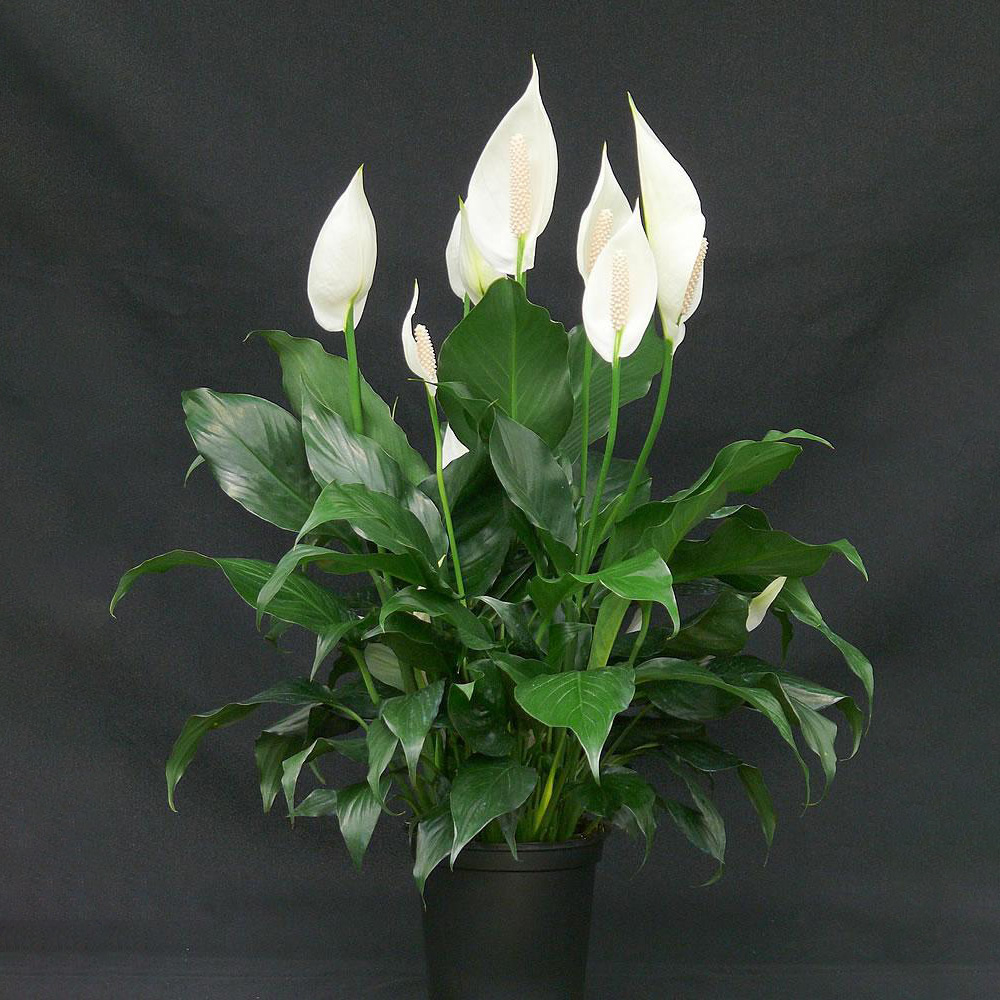
Capable of absorbing the five pollutants analyzed by NASA, as well as the humidity of the environment.
It is native to tropical rainforests and therefore requires a humid environment, a temperature between 15 and 22 degrees, plenty of irrigation, and indirect sunlight.
Parlour palm (Chamaedorea elegans)
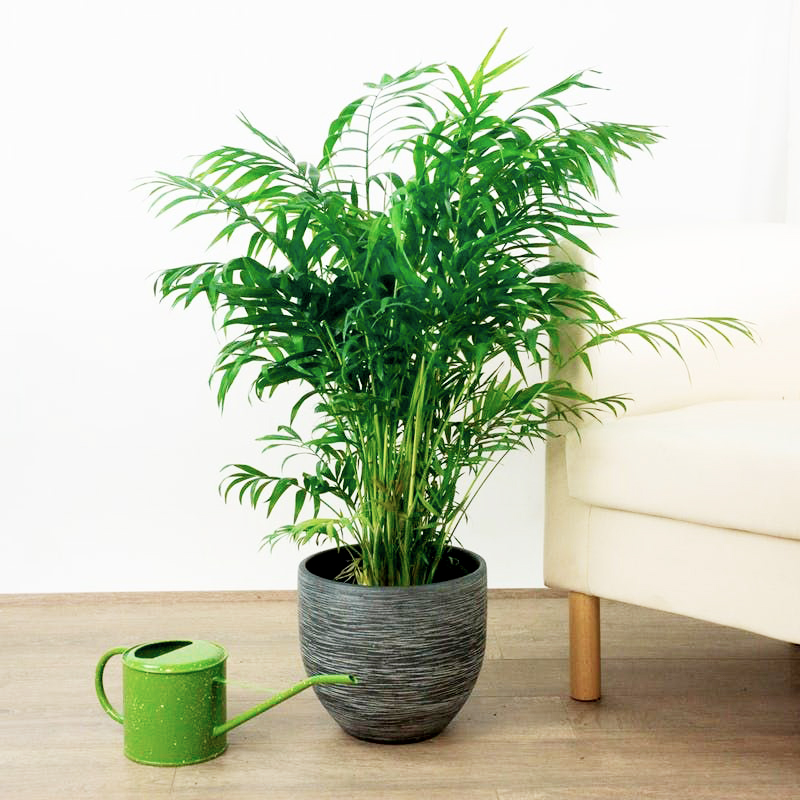
This is another of the four plants that most improve air quality by reducing the presence of all the toxic elements analyzed.
It originates from Guatemala and Mexico. Highly resistant if not exposed to direct sunlight, it requires moderate watering.
Bamboo palm (Rhapis excelsa)
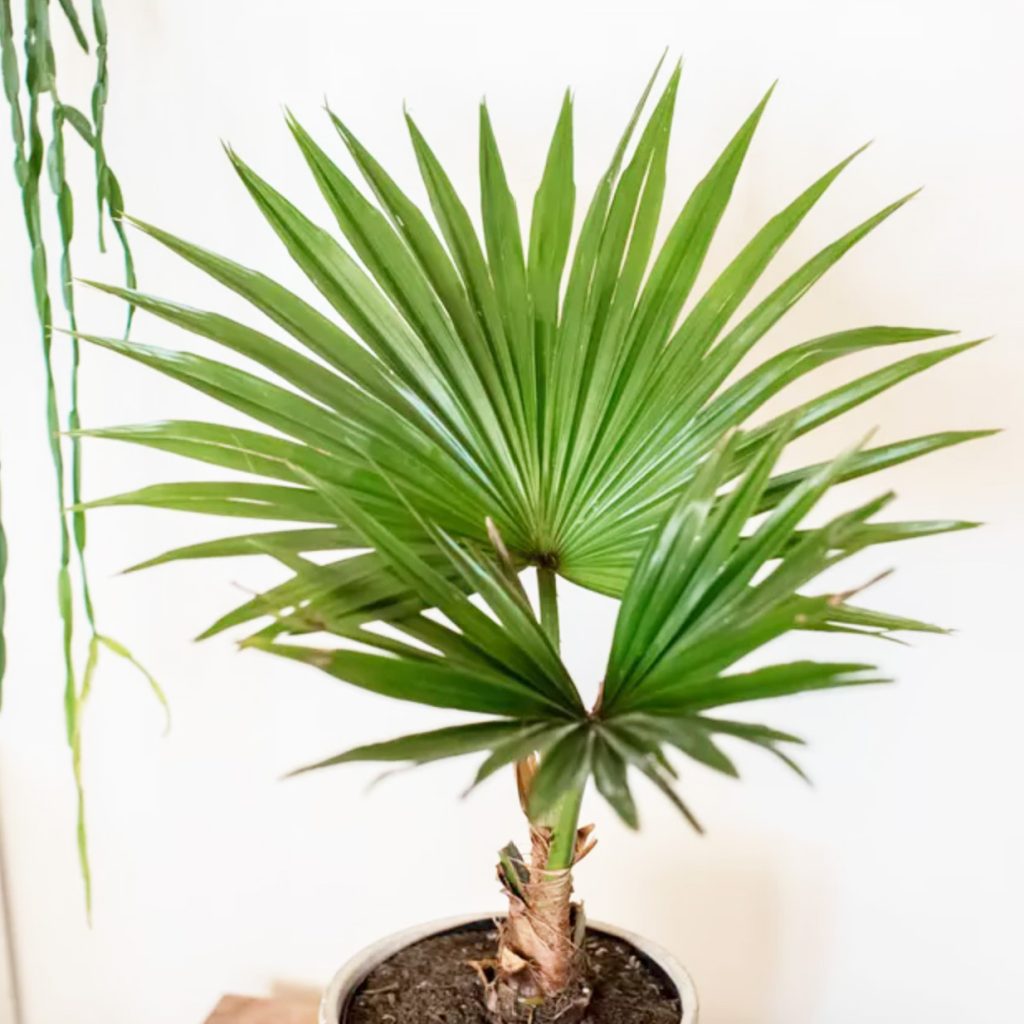
It absorbs the five toxicants analyzed in the space agency’s study.
Originally from Asia. It needs a lot of light and moderate irrigation.
Chrysanthemum (Chrysanthemum morifolium)
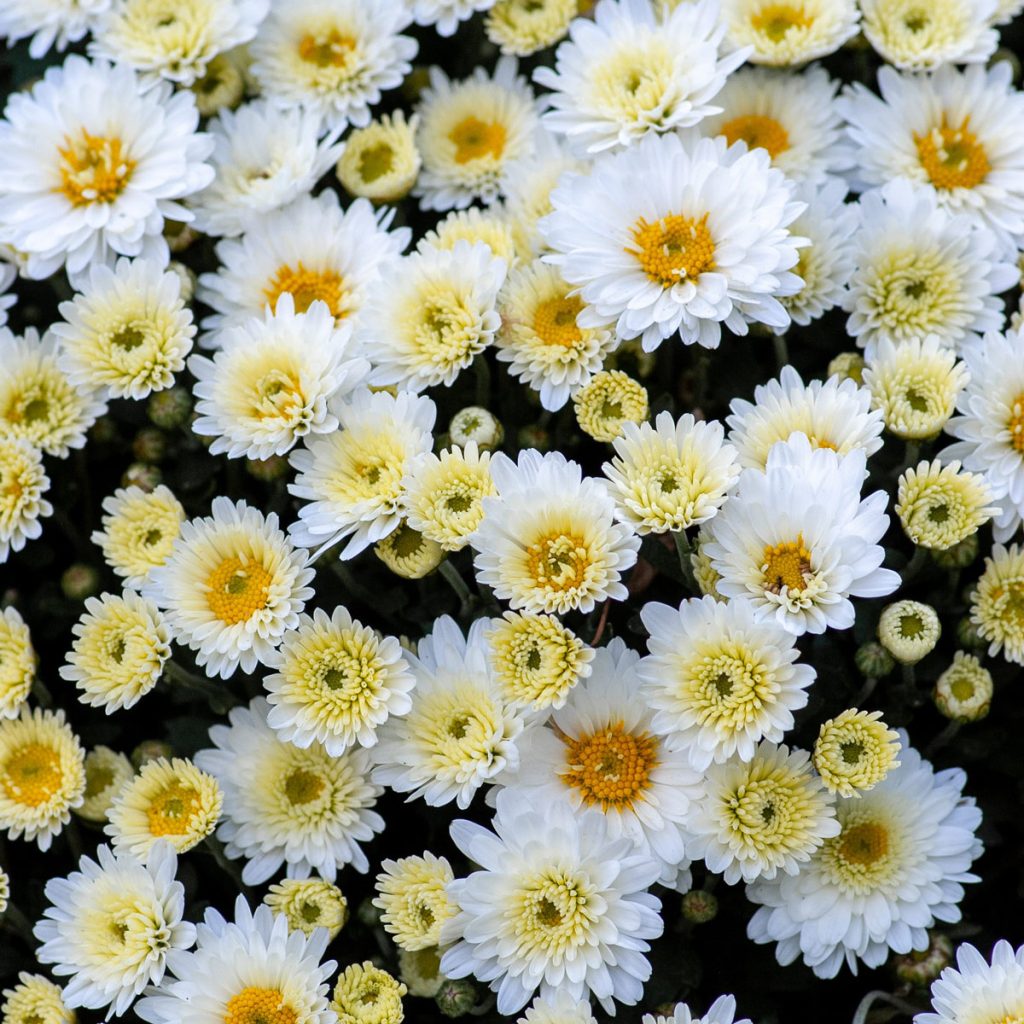
It reduces the presence in the air of the five elements studied by NASA.
It is native to Asia, it likes light but requires a cool environment. Although it needs to have a humid substrate, it is not advisable to water it because the roots could rot. The flowers fall off if it dries out, and it is difficult to recover them.
Ivy (Hedera helix)
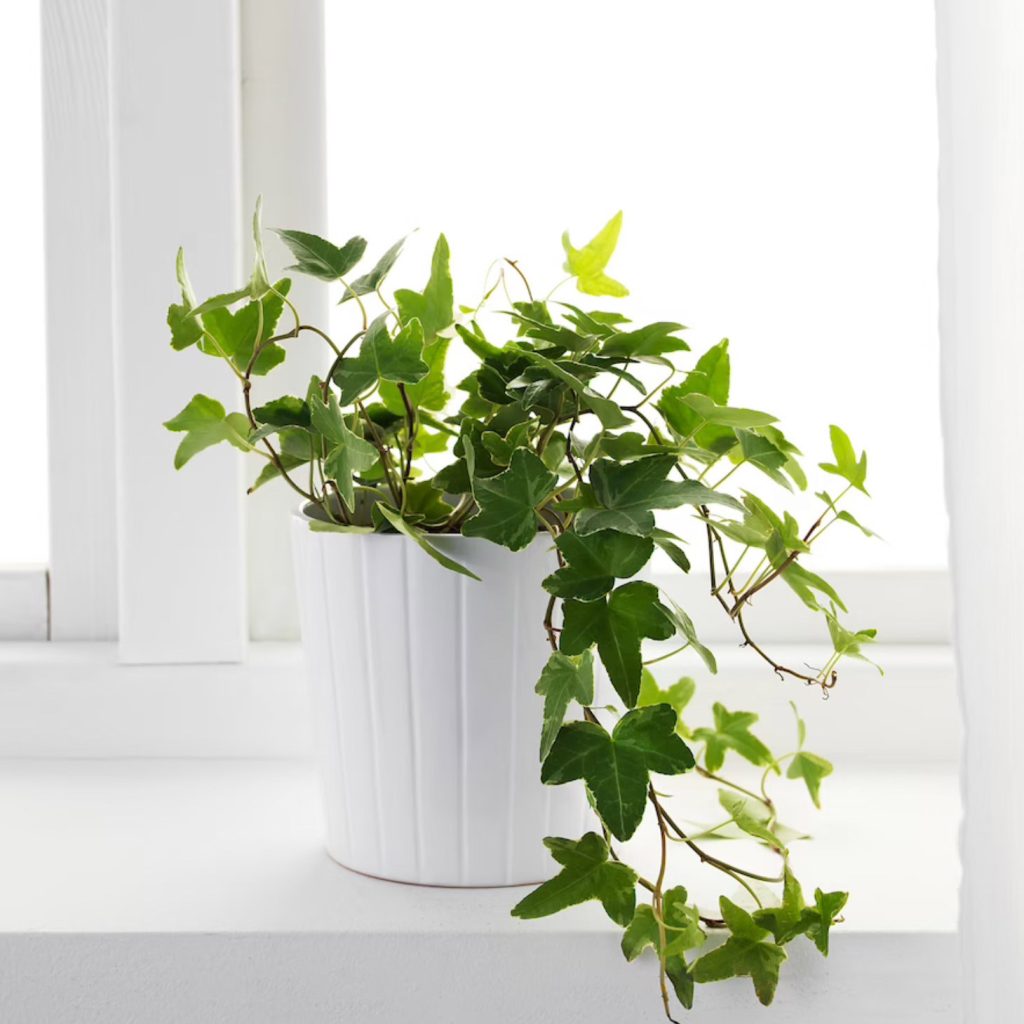
It absorbs benzene, xylene, TCE, and formaldehyde, but not ammonia.
Evergreen climbing plant from central Europe. It needs abundant indirect light. Water when the substrate is dry.
Mother-in-law’s tongue (Dracaena trifasciata)
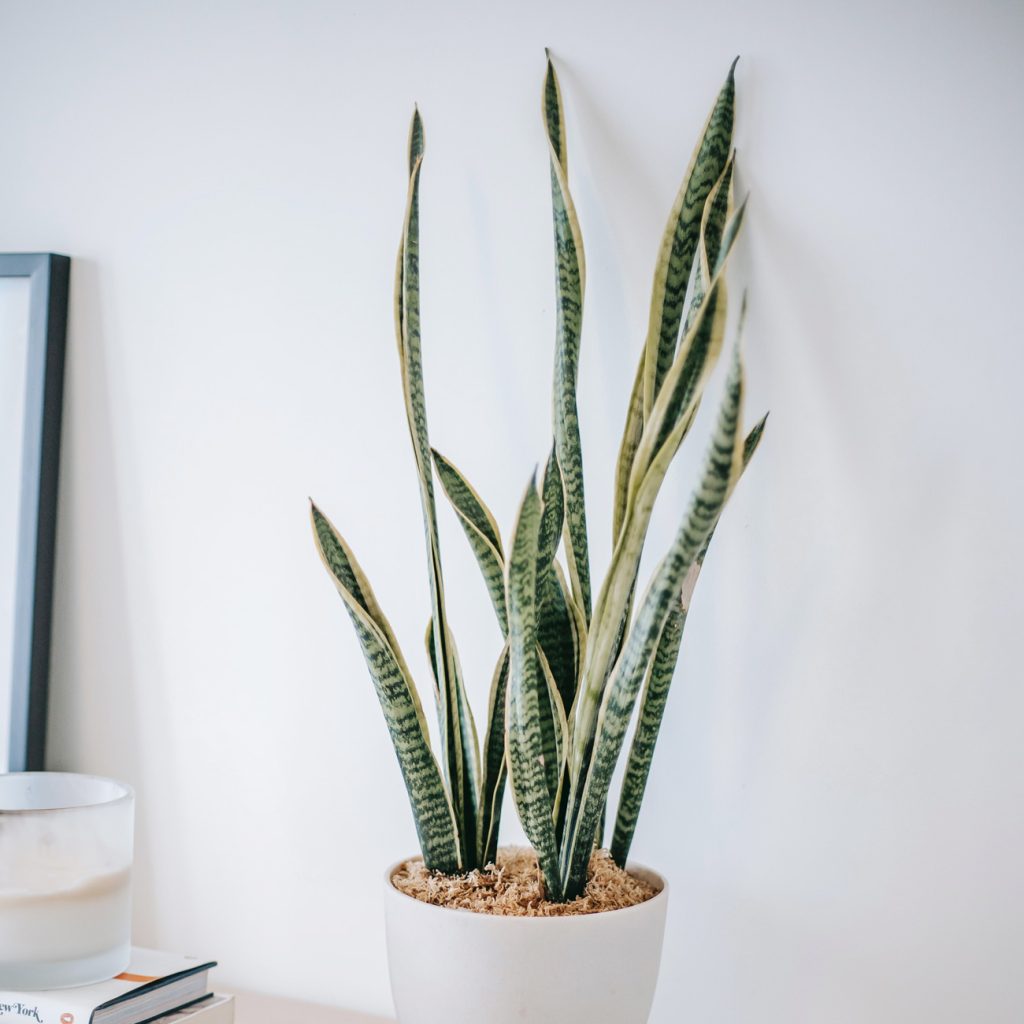
It is effective against benzene, xylene, TCE, and formaldehyde.
The sansevieria comes from Africa. It requires a lot of light and little water. Do not spray.
Pothos (Epipremnum aureum)
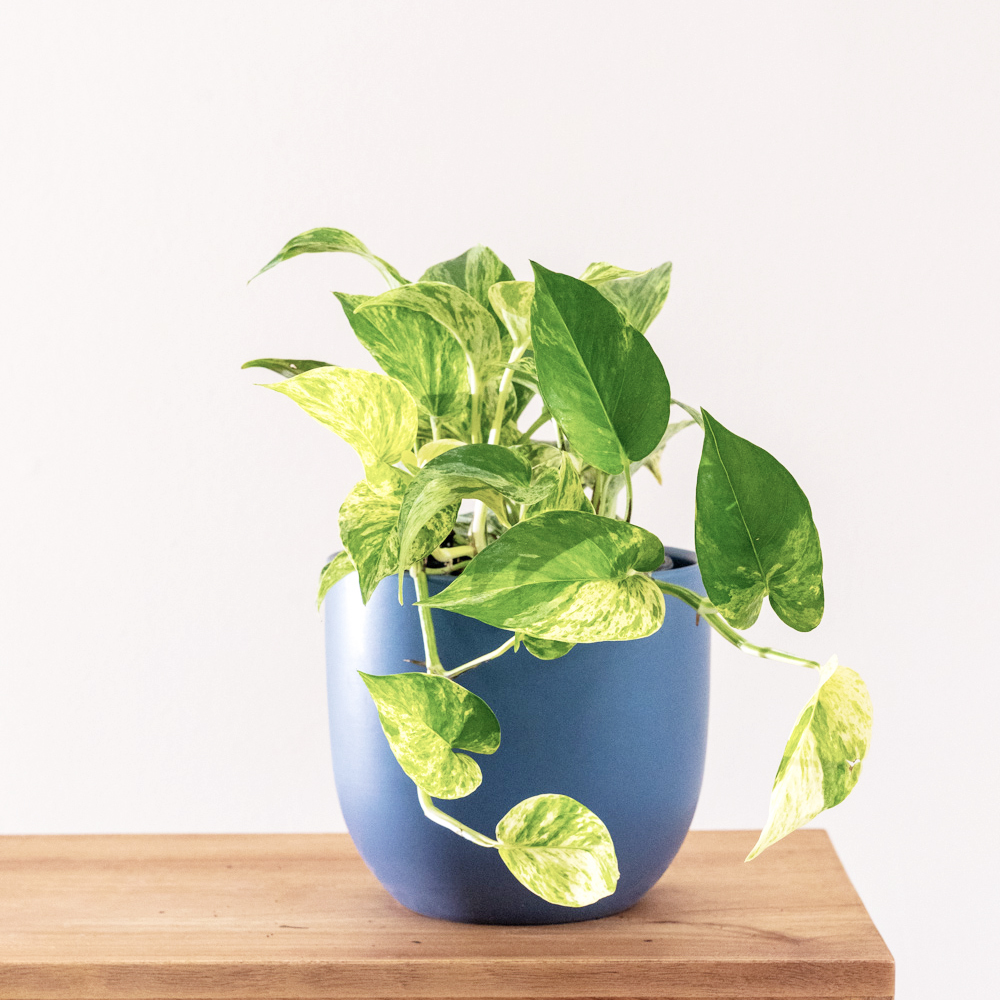
NASA research shows that it is effective against benzene, xylene, and formaldehyde.
A climbing plant, native to tropical forests, needs a lot of light but not direct sun. When it needs water, it warns by dropping its leaves.
Anthurium (Anthurium andraeanum)
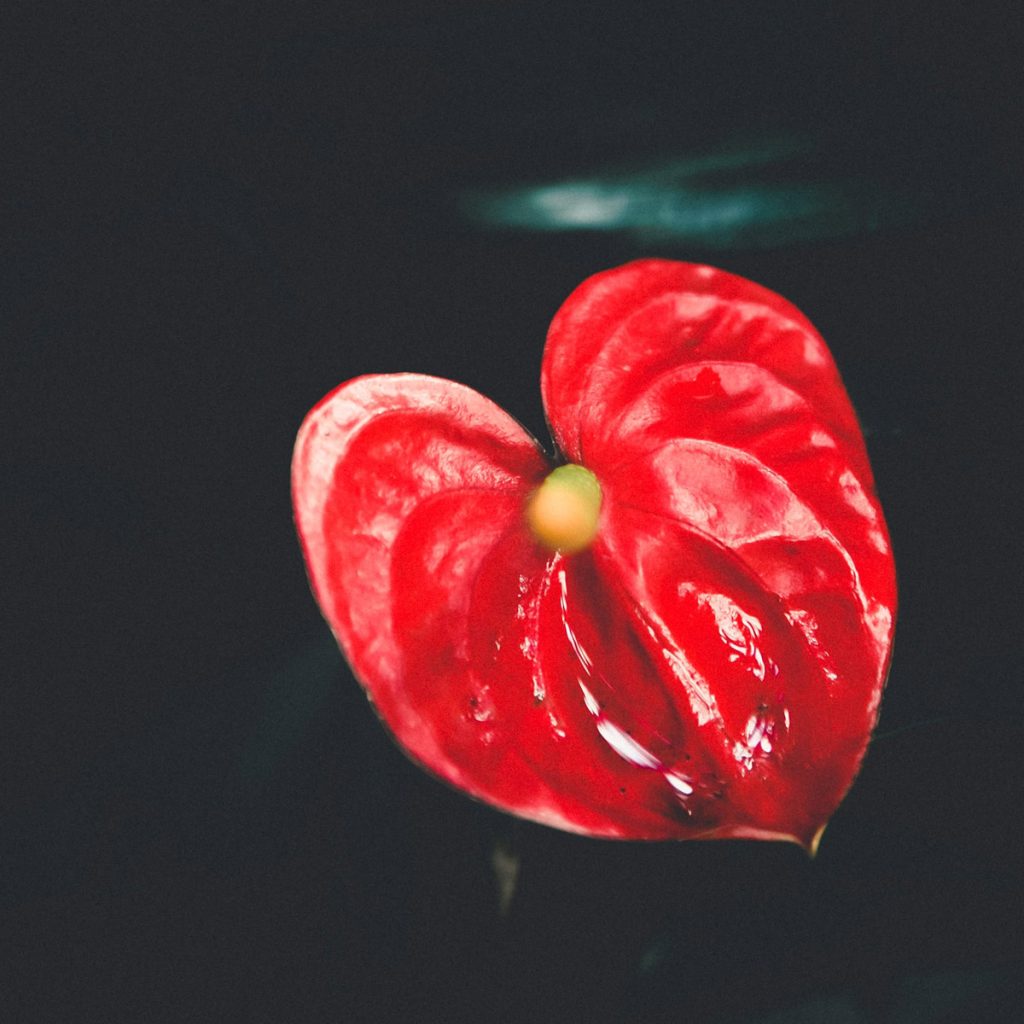
It absorbs xylene, formaldehyde, and ammonia.
It originates from the Colombian rainforest, so it needs a humid environment (it is advisable to spray it often) and rejects direct sun. However, it needs a lot of light.
Gerbera (Gerbera jamesonii)
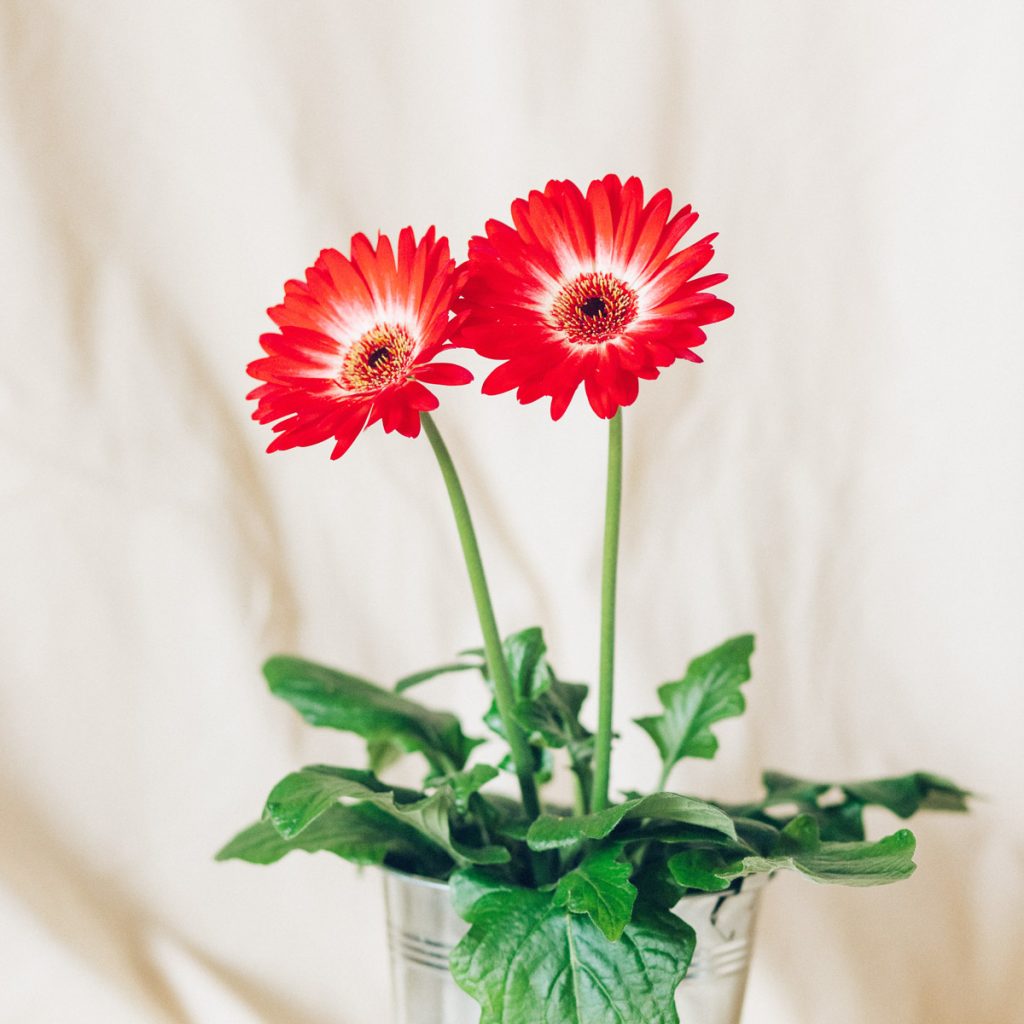
It reduces the concentration of benzene, TCE, and formaldehyde.
African plant that prefers well ventilated and illuminated corners, but without direct light. It is resistant to high temperatures, but not to frost. It wants humidity, so it is advisable a constant watering, although not abundant, during the flowering period. Avoid waterlogging.
Aglaonema (Aglaonema modestum)
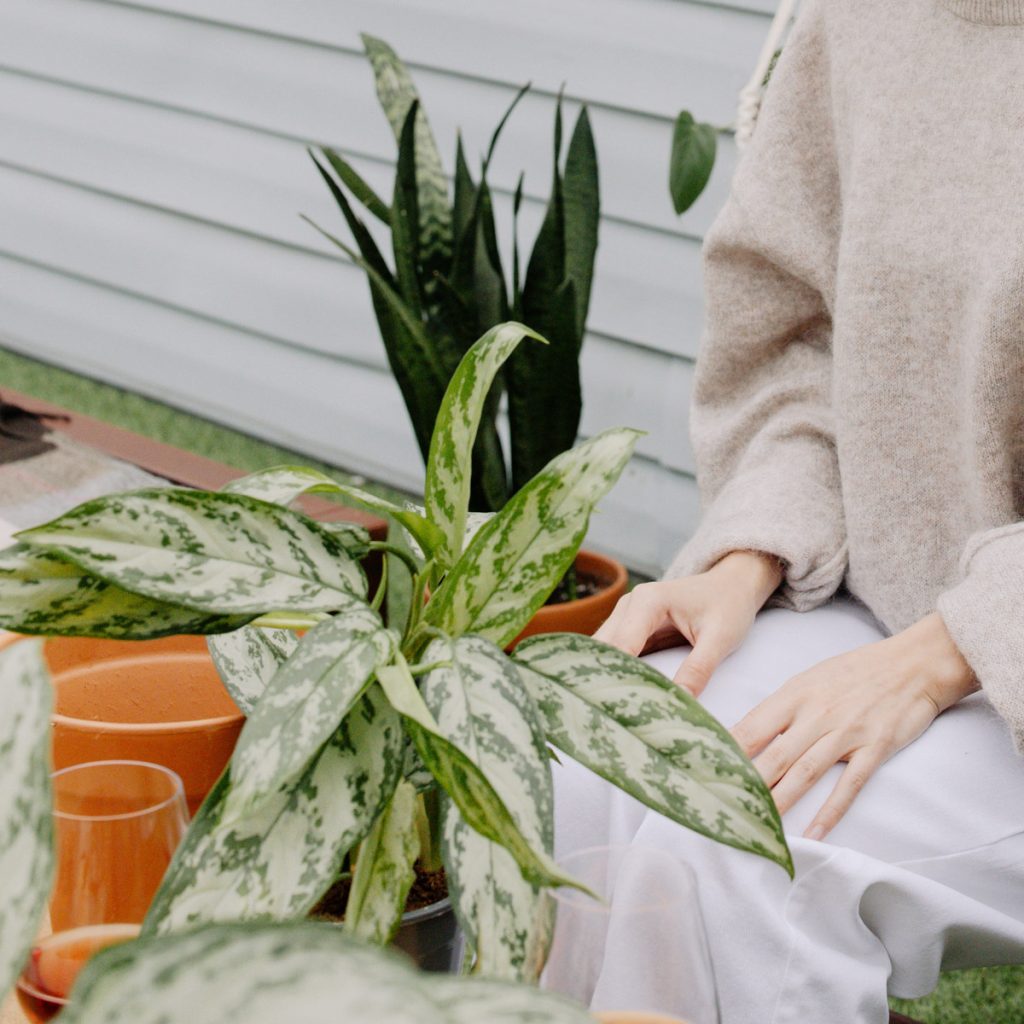
We conclude our list of plants that improve air quality with aglaonema, which absorbs benzene and formaldehyde from the environment.
Originally from the jungles of Asia, it needs humid environments and does not tolerate direct sunlight. It does not like cold environments or drafts. It requires regular watering but is not abundant. When it has an excess of water, its leaves weep in a process called “guttation”.




